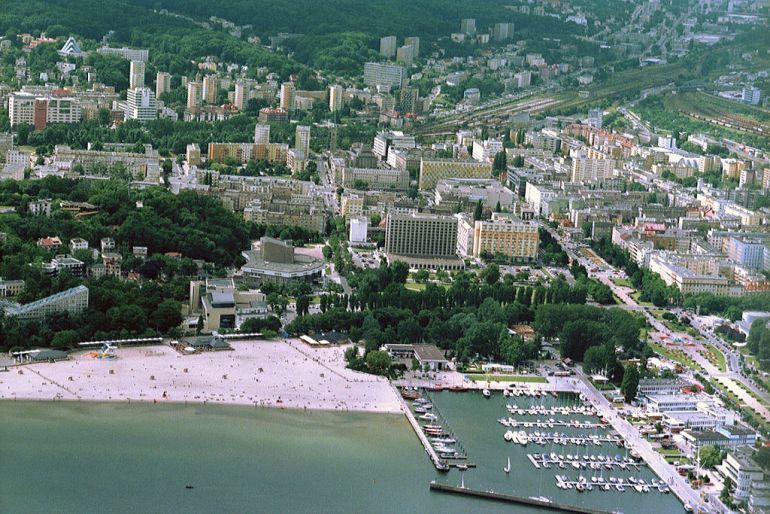The role of seaports in international trade is becoming more and more important. It is the central point for the land and marine carriage, where there is a possibility of repacking goods and clear customs. In short, seaports play a crucial role in international trade – convinces Marek Tarczyński, chairman of Polish International Freight Forwarders Association (PIFFA). Although in the case of the biggest trading partner – the European Union – only a minor part of goods is transported by the sea route, this trade channel has a greater importance for overseas trade. The gross of mass, half-mass and conventional single goods is serviced by Polish seaports and ca. 60-70 per cent of container turnover – explains Tarczyński.
The position of native seaports will become even more stronger, however, investments in access infrastructure are necessary, e.g. in routes, especially networks of routes in the meridian set. We may observe a progress in this field, but it is not a complete network yet. The similar situation concerns development of a railway network, its modernization and enhancement of access to seaports from the sea by building of a turntable in Gdynia and deepening of a fairway – enumerates Marek Tarczyński. These investments contribute to enhancement of competitiveness of native seaports, the level of which has been improved within last few years. Therefore, seaports may compete with their European competitors.
Other investments are planned within next five years. They will be aimed at enhancement of access infrastructure to seaports. For instance, the Infrastructure and Environment program is going to provide 5 billion euro to Poland for projects related to development of a railway network. Furthermore, over 9.5 billion euro were intended for TEN-T (trans-European transport network) and multimodal transport, the one which uses different means of transport. Part of it will be intended for intermodal, marine and inland transport. Intermodal transport has been dynamically developing within last years – points out Marek Tarczyński. At present, there are ca. 30-35 per cent of containers carried in such a way and it is a significant contribution. It is a field which developed significantly and together with a car transport it is the basic pillar on which delivering and taking the containers back from seaports is based on – adds Tarczyński.
